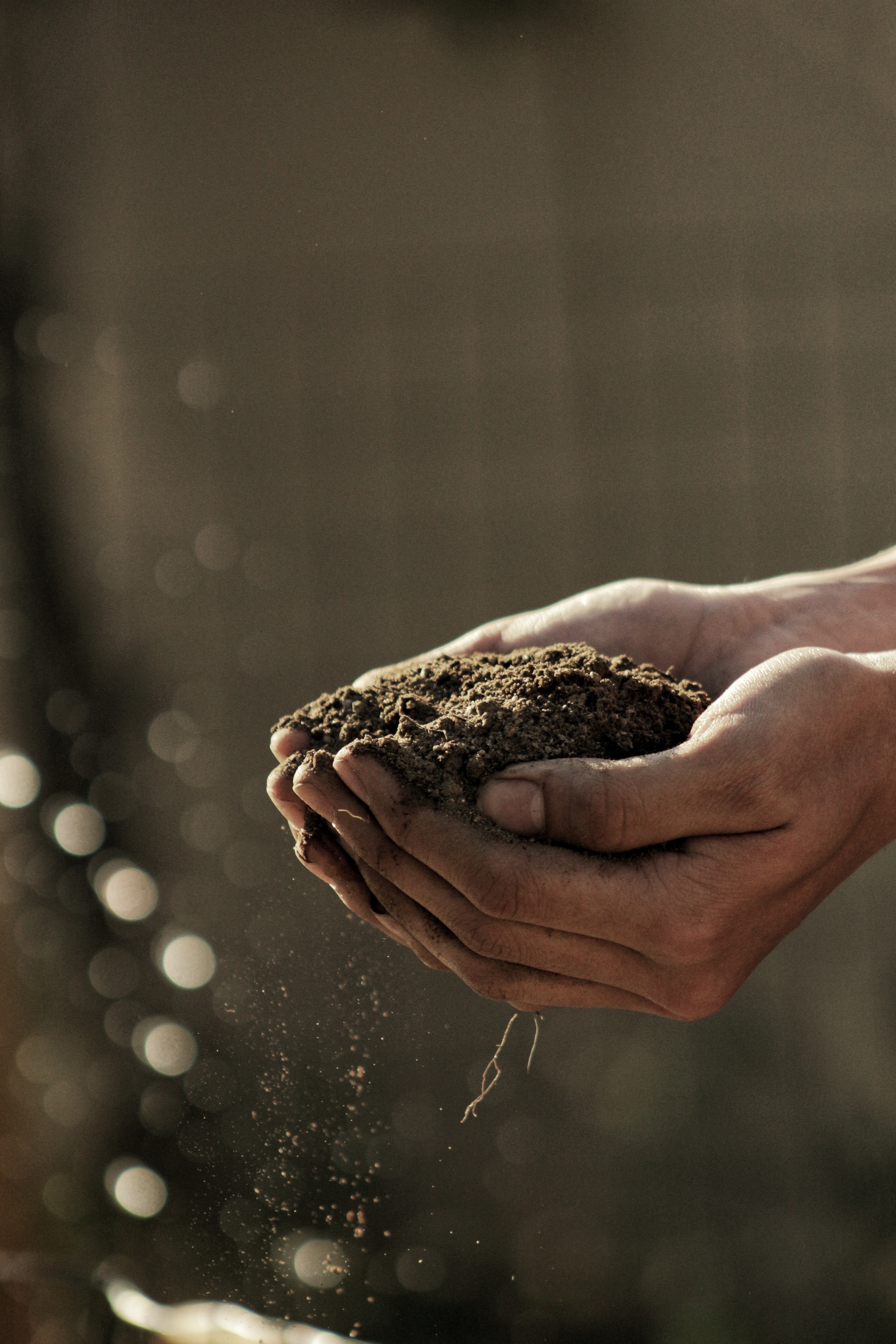
News
New method for testing soil health after land-use conversion
A novel method to quantify soil health in contrasting land uses has the potential to deepen our understanding of how to manage and predict the impacts of land-use conversion.
The new approach describes and interprets the complex and over-arching patterns of soil aggregation and moisture availability, using that information as key aspects of soil health.
In this method, the sizes of soil aggregates follow a hierarchical array for which fractal mass models can be quantified and tested. Recent advancements in laser technology have now enabled accurate, rapid measurement of such fractal aggregation which was previously unfeasible. Validation results showed close agreement with soil carbon and water retention, collectively leading to robust metrics of land sustainability.
The study, co-authored by several students and professors of the Departments of Renewable Resources and Agricultural, Food and Nutritional Science, shows how physical soil quality varies in the mixed-grass and aspen parkland natural sub-regions of the Canadian prairies.
The study evaluated soil physical properties in three land use systems — native grasslands, introduced pastures and annual croplands — at seven sites across south-central Alberta, Canada.
The study, Soil physical quality varies among contrasting land uses in Northern Prairie regions, is published by the journal Agriculture, Ecosystems & Environment.
April 25, 2017 By Top Crop Manager
